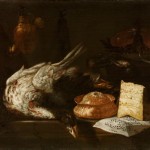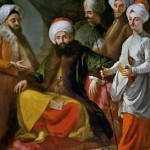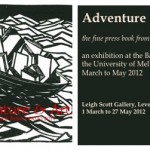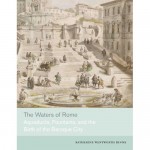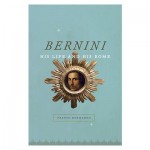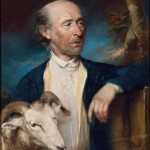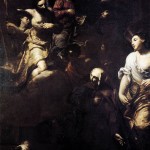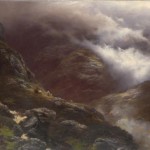
For Auld Lang Syne: Images of Scottish Australia from First Fleet to Federation is on at the Ballarat Art Gallery until the 27th July 2014. Victorian regional galleries are more than pulling their weight when it comes to hosting exhibitions in centres beyond Melbourne, as Genius and Ambition: The Royal Academy of Arts, London, 1768-1918 at the Bendigo Art Gallery has recently proved. Ballarat Art Gallery is playing host to For Auld Lang Syne: Images of Scottish Australia from First Fleet to Federation, curated by Alison Inglis and Patricia Tryon Macdonald. The sheer scale of the exhibition, which surely must make it one of the — if not the — most significant exhibitions of Scotland-related material in Australian history, makes…

